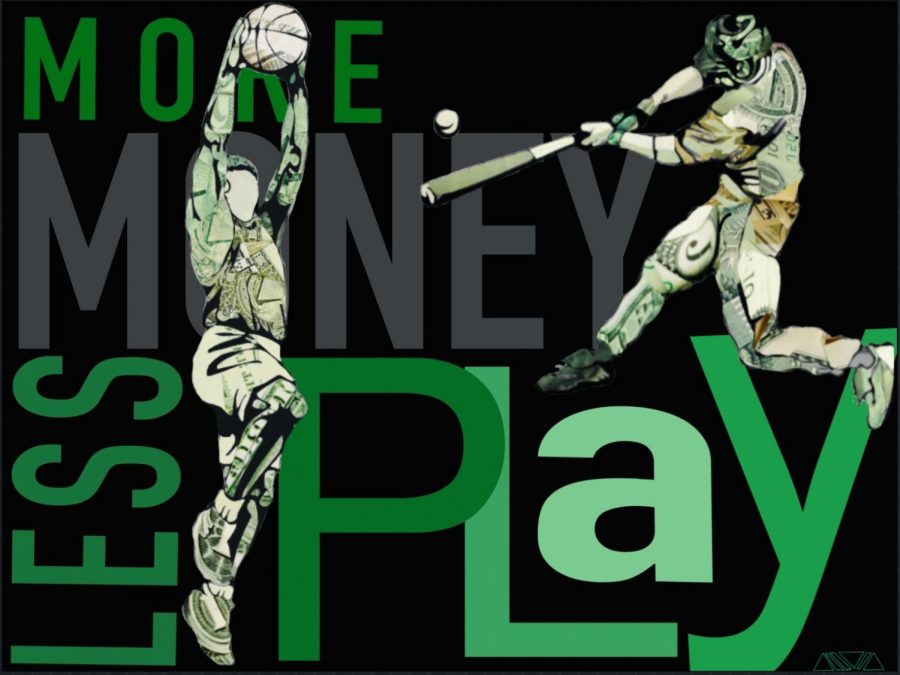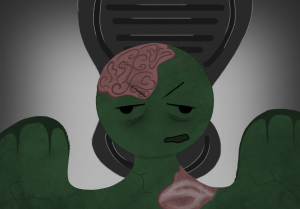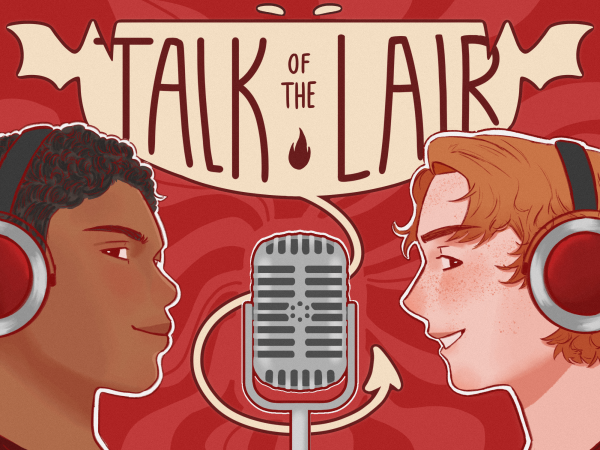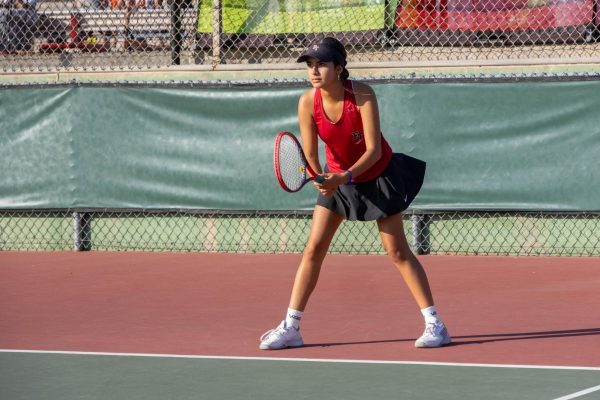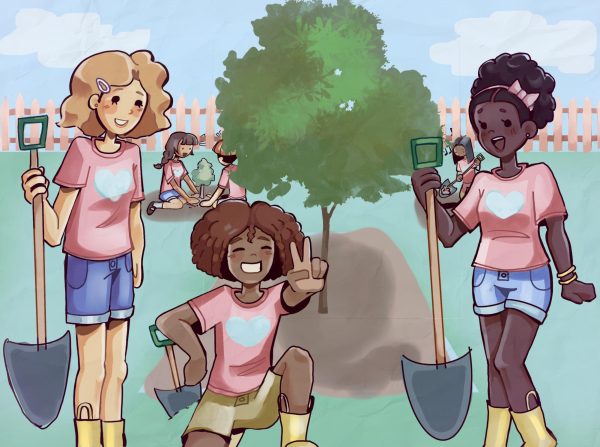OPINION: Too much profit, not enough play; the problems with the youth sports industry today
Join writer Sam Noah in observing how monetization of the youth sports industry can be detrimental to those on and off the playing field.
May 1, 2021
Today, more than ever before, moderation has taken a backseat in almost every aspect of our lives. From politics to pop culture, taking things to the extreme is becoming more and more common. Sadly, one of the most prominent areas in which this trend is being displayed is the youth sports industry, and it is getting out of hand.
The first and most glaring issue with youth sports today is how over-monetized they have become.
Sports used to be a simple way to give young athletes a way to exercise, compete and in very rare cases, prepare for an athletic career after high school; but now, it’s turned into reality television shows, weekly showcases all around the country and major brand deals.
The industry worldwide was worth 24.9 billion dollars before the COVID-19 pandemic, and it is projected to reach up to 77.6 billion by 2026, according to Global News Wire. In the United States alone it was worth 19.2 billion, 4 billion dollars more than the National Football League.
The growth of the youth sports industry is not an inherently bad thing, it means better facilities, coaches and quality of play.
However, the problem lies in the fact that these benefits of the growing industry are not available to everyone. Rising profits leads to rising costs, and higher standards of training and practice leads to athletes who can’t afford to pay the premium price falling behind.
Children from low-income families are half as likely to play sports, according to the Sports and Fitness Industry Association.
The Aspen Institute’s Project Play does extensive research and studies on the trends of youth sports, and they found that on average, parents making over $100,000 spent $1,354 annually per child, parents making between $50,000-$99,999 spent $908 per child and parents making under $50,000 spent $561 per child.
This money is spent on club fees, equipment and most of all, travel.
These stark disparities emphasize just how unequal sports are becoming. One child could be playing on three different teams, flying to another tournament every weekend and having appointments with their personal trainer, while another child can only afford to play on one local team or none at all.
To add another layer to these inequalities within sports, race is also a factor when it comes to sports availability. In the Project Play report for 2020, they found that coming back from pandemic shutdowns, White youth have spent 174% more time playing games than Asian youth, 46% more than Hispanic/Latino youth and 39% more than Black youth.
Due to the fact that minorities have been disproportionately affected by COVID-19 in both finances and health, it makes sense that many of them would not be able to return to sports for both economic and health reasons.
Thankfully, pre-pandemic stats showed Black youth actually spent 13% more time playing sports than White youth, so the hope is that as more sports open up, more minorities will resume play.
The second and seemingly less talked about issue with young athletes today is the exponential rise of injuries.
According to Active Health KC, the past fifteen years have shown a 400% increase in anterior cruciate ligament (ACL) injuries among all youth athletes and a 500% increase in arm injuries among young baseball and softball players.
High school athletes sustain 300,000 concussions annually, and 3.5 million children under the age of fourteen are injured every year. That’s over 40% of all sports injuries at any age.
It is estimated that there are 2 million injuries among high school athletes, meaning 5.5 million youth athletes are injured every single year, and that number will only increase.
Why are the youth getting injured so often and so early?
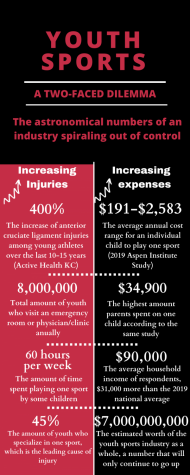
The most important reason is the specialization of athletes today. Children are no longer playing two, three or even four sports throughout their lives, the majority are beginning to whittle it down to one at a very young age.
When multiple sports are being played, athletes are using a variety of different muscles, leading to more durability and balance when it comes to strength and use. Nowadays, when athletes play one sport for hundreds and hundreds of hours a year, year after year, the same muscles are being used over and over again. This overuse of specific muscles increases the likelihood of injury, hence the massive increase in ACL tears and other high use ligaments and muscles.
This increase in athletic specialization and decrease in the age that it happens connects to the final and most important problem with youth sports today.
They aren’t fun anymore.
For too many, sports today are less of a recreational activity and more of a full-time job on top of school.
A recent example of this has been youth sports’ stubborn refusal to halt play during a global pandemic. Sports teams all around the country have never ceased to have practices with over fifty kids and weekly tournaments packed inside crowded sports complexes.
Before sports teams began to practice during the pandemic, a local Ventura athlete stated, “while I personally believe that amateur teams should not be playing currently, they still are, along with many of my peers. This forces me to continue to play, as I fear falling behind others in my development and skill.”
At that time, this raised many ethical issues about playing sports in high-risk situations while thousands were dying from an easily spreadable virus.
While these events demonstrate the increasing fervor some young athletes have for their sports, this is actually the opposite of what is happening at a larger scale.
Project Play’s 2019 report showed that 38% of kids aged 6-12 played team sports, a 7% decrease since 2008.
So why are athletes dropping out of sports so early? Besides the aforementioned reasons of cost and injury, the main issue is they feel such immense pressure from coaches, peers and parents, they cease to enjoy their sport and want out.
A 2013 study by Britain’s Child Protection in Sport Unit found that out of 4,000 children surveyed, 75% experienced psychological issues from coaches and teammates.
Athletes also experience trauma and pressure from parents who expect far too much. Many parents are investing thousands upon thousands of dollars into their child’s athletic career and expecting their efforts and investments to pay off in the form of an athletic scholarship.
These extremely unrealistic expectations cause kids to feel like failures when they aren’t in the rare 2% of high school athletes who earn these scholarships.
However, despite all the hardships in youth sports today, it is important to recognize that this is not the experience of all young athletes. I have played club basketball for almost half my life and had a phenomenal experience. I have been motivated but not pressured by parents, coaches and teammates, and some of the best and most fun experiences of my life have been at tournaments with my teammates.
Like myself and so many other of my fellow athletes, most children play a sport because they love and enjoy it, society needs to ensure sports are as physically, emotionally and financially rewarding as possible for all athletes today.


